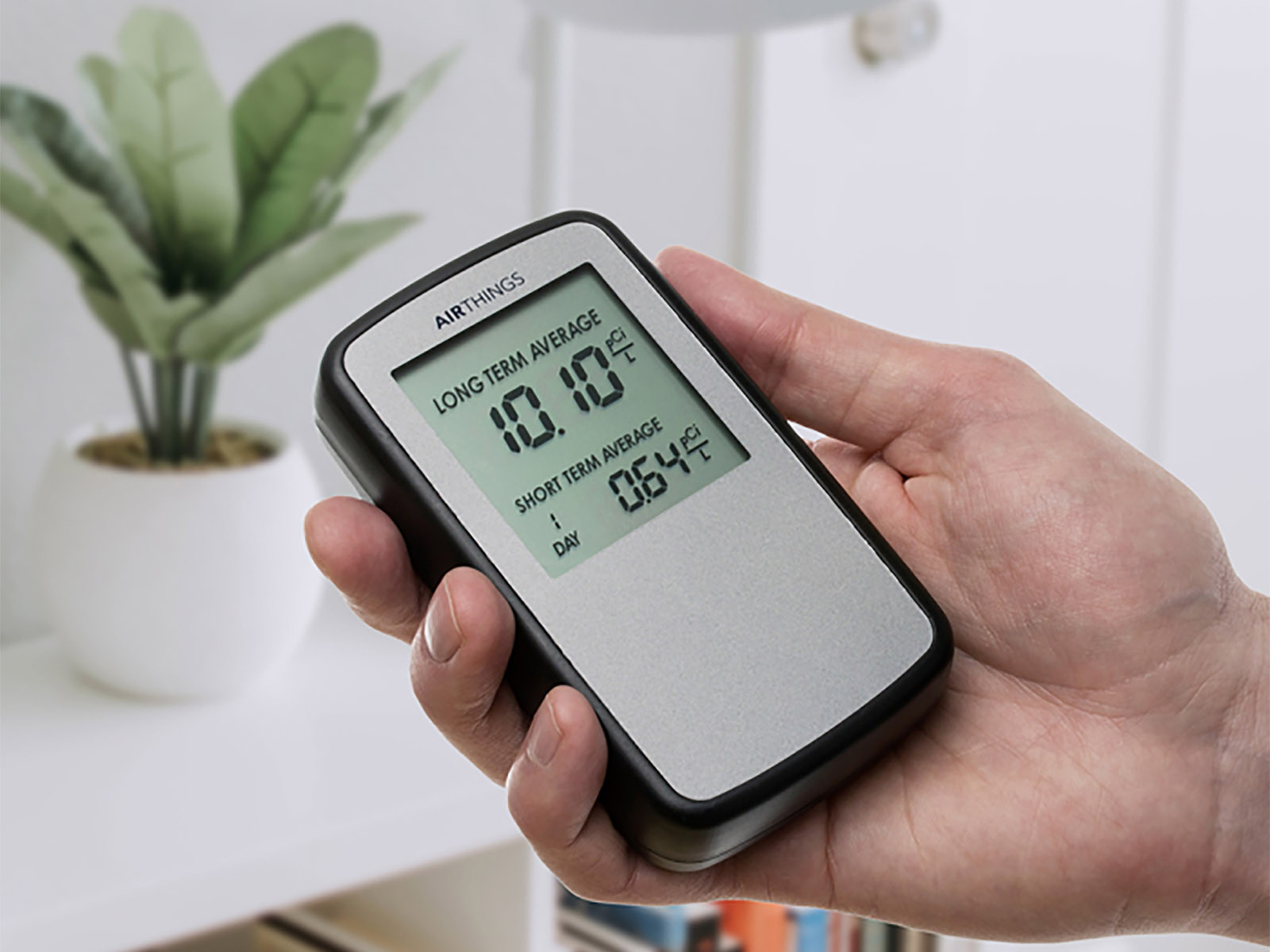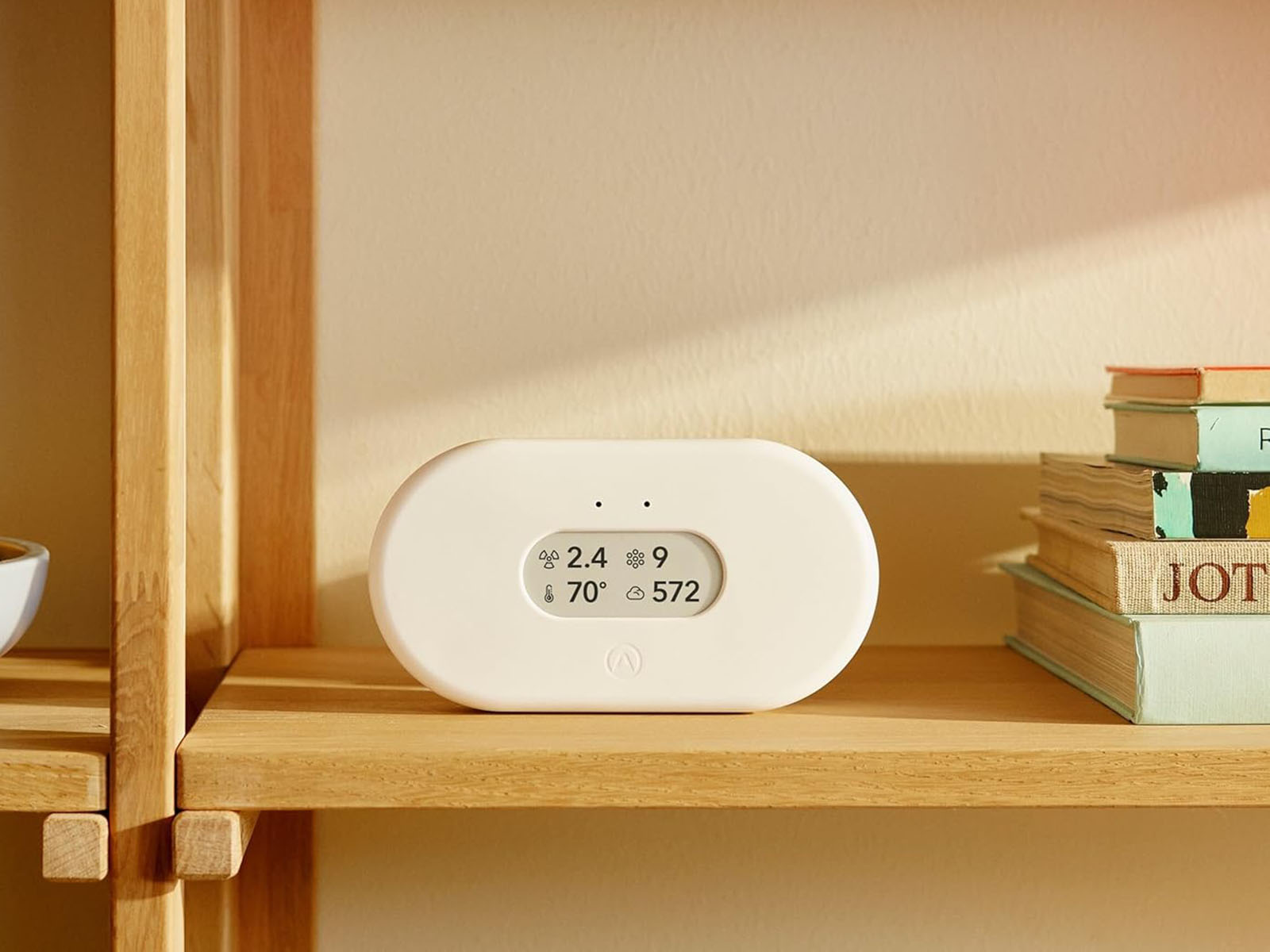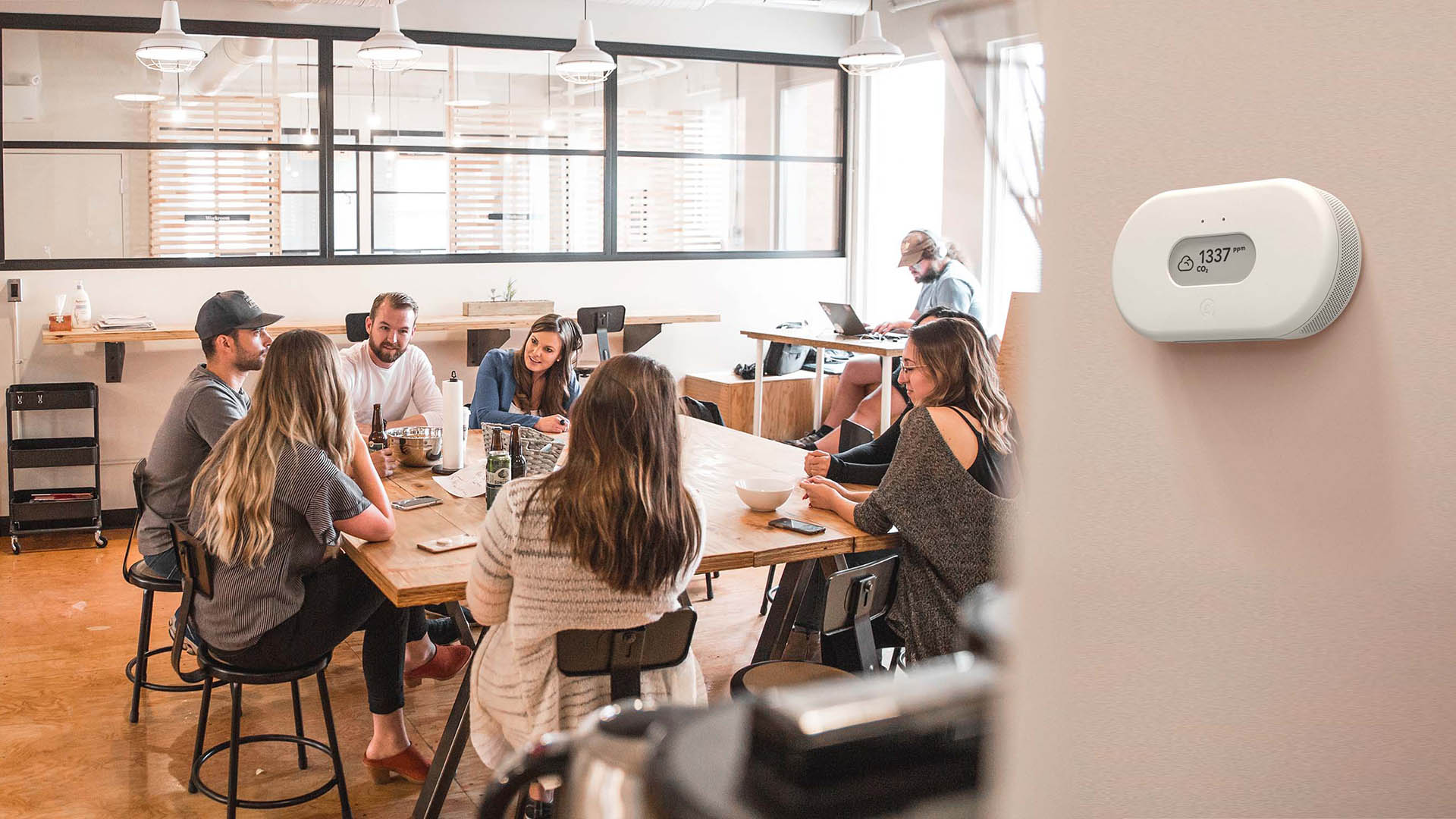Welcome to the Smart Home Founders series, where the people behind today’s smart home innovations share their stories. We speak with Ole Martin Kristiansen, Chief Product Officer (CPO) at Airthings, a leading innovator in indoor air quality (IAQ) monitoring solutions.
Airthings was founded in 2008 and has since evolved into a global tech company. It’s led by experienced scientists, engineers, developers, and visionaries with a shared goal: educating people about the dangers of radon and other indoor air pollutants. They develop accessible technology to help everyone stay healthier.
Hello Ole Martin! Thanks for joining me today. To start, could you take us back to the very beginning? What was the core problem Airthings was founded to solve, and what was the initial vision that drove the founders?
“Our founders were scientists who met while working together at CERN, a European organization for nuclear research. They founded a Norwegian-based tech start-up working with radiation detection technology. The company worked on various technological developments, one of which involved mammography and helped create machines for hospital cancer departments. It was ultimately sold to a US company developing medical scanners for animal imaging.”
“After this, the scientists teamed up with a few friends. Together, they founded Corentium in 2008, which later became Airthings. The goal was not only to develop radiation technology but also to bring a consumer radon detector product to market. Since radon is a leading cause of lung cancer, they sought a better way to detect this odourless, colorless gas.
“Traditionally, consumers only had two options. They could either call a professional or purchase a single-use charcoal test kit to send to a lab for results. Airthings was founded to make radon testing easier, launching the first Corentium Home device in 2011.”

Corentium Home was the world’s first digital radon detector. How did people typically test for radon in the past? What made those methods frustrating or limited?
“The old way of testing was to leave a small box in the basement for a couple of months, after which it was sent to a laboratory where a scientist would manually count the number of times a radioactive particle interacted with the box. This box would only give you a snapshot of the potential radon issue, as radon levels tend to fluctuate over time and during different seasons.”
“The Airthings founders created the first continuous digital radon monitor, which showed the radon levels right on the device itself and could provide both long and short-term measurements to get the full picture. We recently launched the Corentium Home 2 Radon Detector, an improved version with additional sensors, better battery life, smart connectivity, and radon in-app insights.”

After Corentium Home, you became Airthings and jumped into monitoring more than just radon. What made you decide to expand your focus on indoor air quality?
“Radon is just one of the potentially harmful contaminants in your air. We recognized the importance of showing a broader spectrum of pollutants to truly make the invisible visible.”
“People spend 90 percent of their time indoors, where the air can be up to 5x worse than outside. Because of this, we believe that measuring indoor air quality overall is the most crucial step in preventing illness, improving health, and boosting productivity. Poor air quality is responsible for a wide range of health issues, including headaches, allergies, skin irritation, respiratory diseases like asthma, and more.“
The Wave series made your monitors connected and consumer-friendly. How did you decide which air quality problems were most critical for people in their homes?
“With the Wave series, we introduced CO2 and VOCs (volatile organic components) monitoring, in addition to humidity, temperature, and, of course, radon. Together, these sensors provide a comprehensive view of the air quality indoors. For Airthings, the ease of use has always been at the core of our mission. We found that these sensors can be powered by a battery, allowing for a straightforward installation and increased flexibility.”

“We launched our View series in 2021 and expanded to include PM (particulate matter). These tiny particles can originate from various sources, including dust, pollen, smoke, exhaust, stoves, cooking, and pets, among others. Awareness of indoor air quality rose sharply during the pandemic. It was the perfect time to launch View Plus and show people they have more control over their air than they think.”
Having a large amount of unprocessed indoor air quality data can be confusing. How does Airthings transform this data into meaningful insights and practical recommendations for users?
“Yes, measuring indoor air quality and dealing with terms like VOCs, CO2, and Radon is quite complex for most people. For the past few years, we’ve been working on software solutions that truly help you understand what all that means.“
“We use AI to extract and aggregate large amounts of data, and then simply tell you if you have a problem or not. For instance, with radon, our customers simply want to know if the levels are high enough to warrant action due to potential health risks, or if they’re low and there’s no need to worry. While our earlier devices might just display a raw value, our app now tells you a lot more about what it might mean to you and if you need to do something about it.“
What kind of feedback from users has really stuck with you, showing you the impact Airthings is having on people's lives?
“For us, the most impactful feedback we can receive is when we’ve helped people identify that they have a radon problem in their home and thus put them in a position where they can mitigate it. We hear these stories every day from our customers, and it really fuels us.“
In 2019, you launched Airthings for Businesses and Schools. What was the key demand you saw in those environments that made you develop specific solutions for them? And how does providing real-time air quality data uniquely benefit offices and schools?
“As mentioned earlier, we spend 90% of our time indoors, but not all of it in the home. We recognized a need to empower people to breathe more easily, regardless of their indoor environment. We explored various avenues, ranging from hospitality to healthcare to gyms. Still, we found a perfect product fit for office environments and classrooms and decided to go all in on those.“
What’s the biggest myth or strangest misconception you’ve heard about indoor air quality that you wish you could set the record straight on for everyone?
“Just because it smells good doesn’t mean it’s good for you. There’s this misconception that the air quality is good because it smells good, but it’s actually the opposite. If you can smell it, there’s probably something off, and VOC levels will most likely be too high.”
“Off-gassing comes from new furnishings, wood products, flooring, cabinets, paints, adhesives, and many other materials that release harmful chemicals and odors. Even good-smelling things like perfume or air fresheners have negative effects. Don’t fall for the trap that making your house smell like fresh pine or sandalwood is a good thing, it’s just good marketing!”
As Airthings has grown over the years, how has the team structure changed? Can you give us a sense of the size and perhaps the different kinds of expertise you have on board now?
“Like many growing companies, Airthings has adapted over the years to improve product-market fit. This includes both the products we launch and how we structure and prioritize our teams. Airthings currently has around 100 employees, of whom approximately 75 work from our headquarters in Oslo, Norway. The remaining are part of the Pro and Sales team, located in the US and EU.“
Thinking about the challenges you’ve overcome, is there a specific tough moment in Airthings’ history that stands out? What was the key takeaway?
“Over the past few years, our rapid growth has been both exciting and transformative. It pushed us to scale quickly, often ahead of our own processes, which posed a challenge that ultimately made us more agile and resilient. All three of our business units have unique demands for device types, capabilities, and integration features. So, we embraced the opportunity to adapt and pivot strategically.”

One standout project was delivering 10,000 devices to classrooms in Quebec, with only two months to deploy and implement them. Onboarding 256 schools and installing all sensors was a wild ride. However, seeing teachers and staff embrace air quality made it all worthwhile.”
What future developments at Airthings are you personally most enthusiastic about, and how will AI play a role in making our indoor air better?
“Data and AI are an essential part of Airthings and how we build value for our customers going forward. With over a million sold indoor air quality monitors worldwide, Airthings can leverage an extensive dataset to build innovative AI features. We are currently researching using data to predict how outdoor and indoor events, such as wildfires, pollen, and radon seasonality, will affect your home and inform the users of the best next steps.“
Thanks for sharing your story, Ole Martin!
“Great talking to you, thank you for the invite!”





